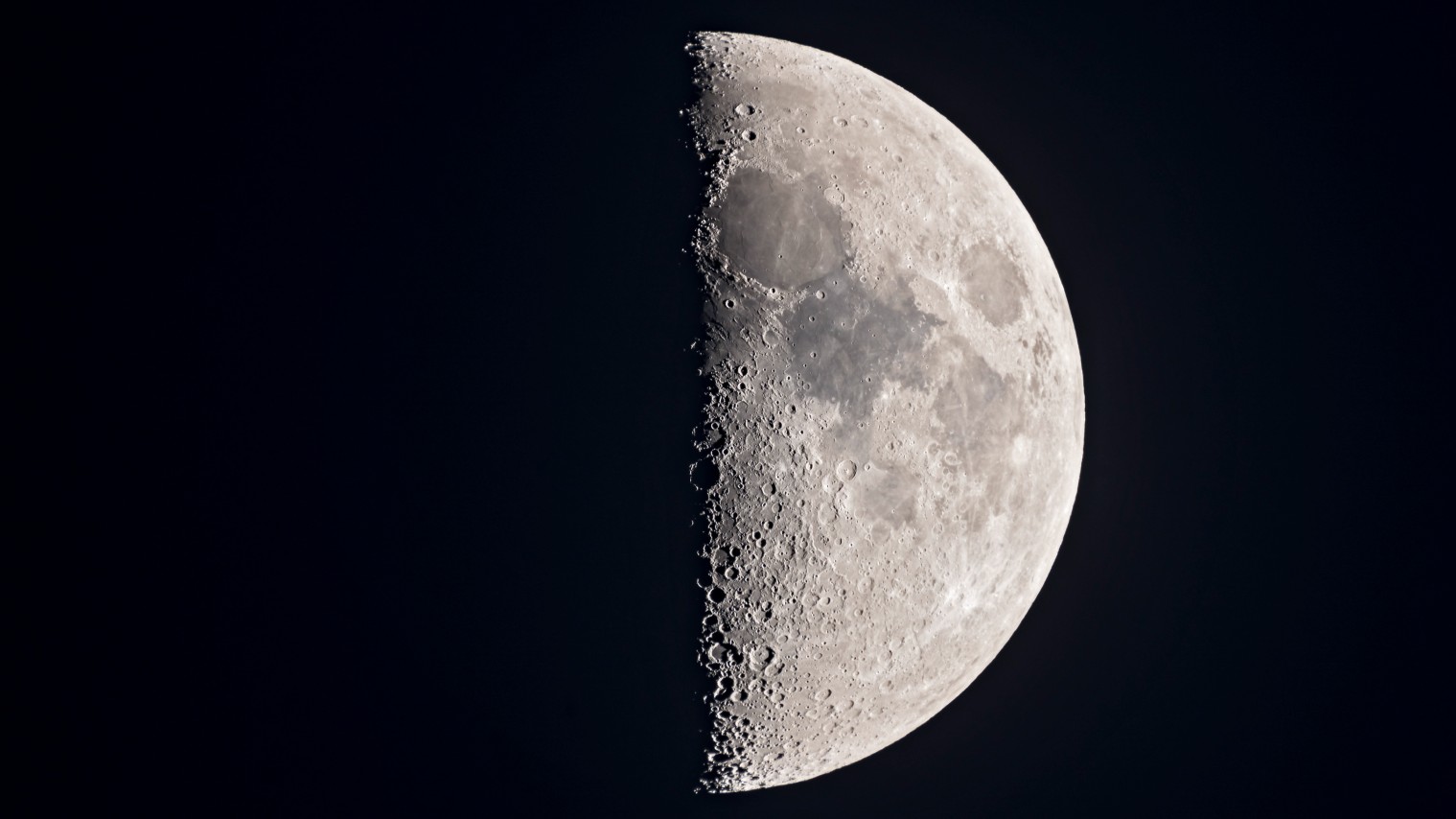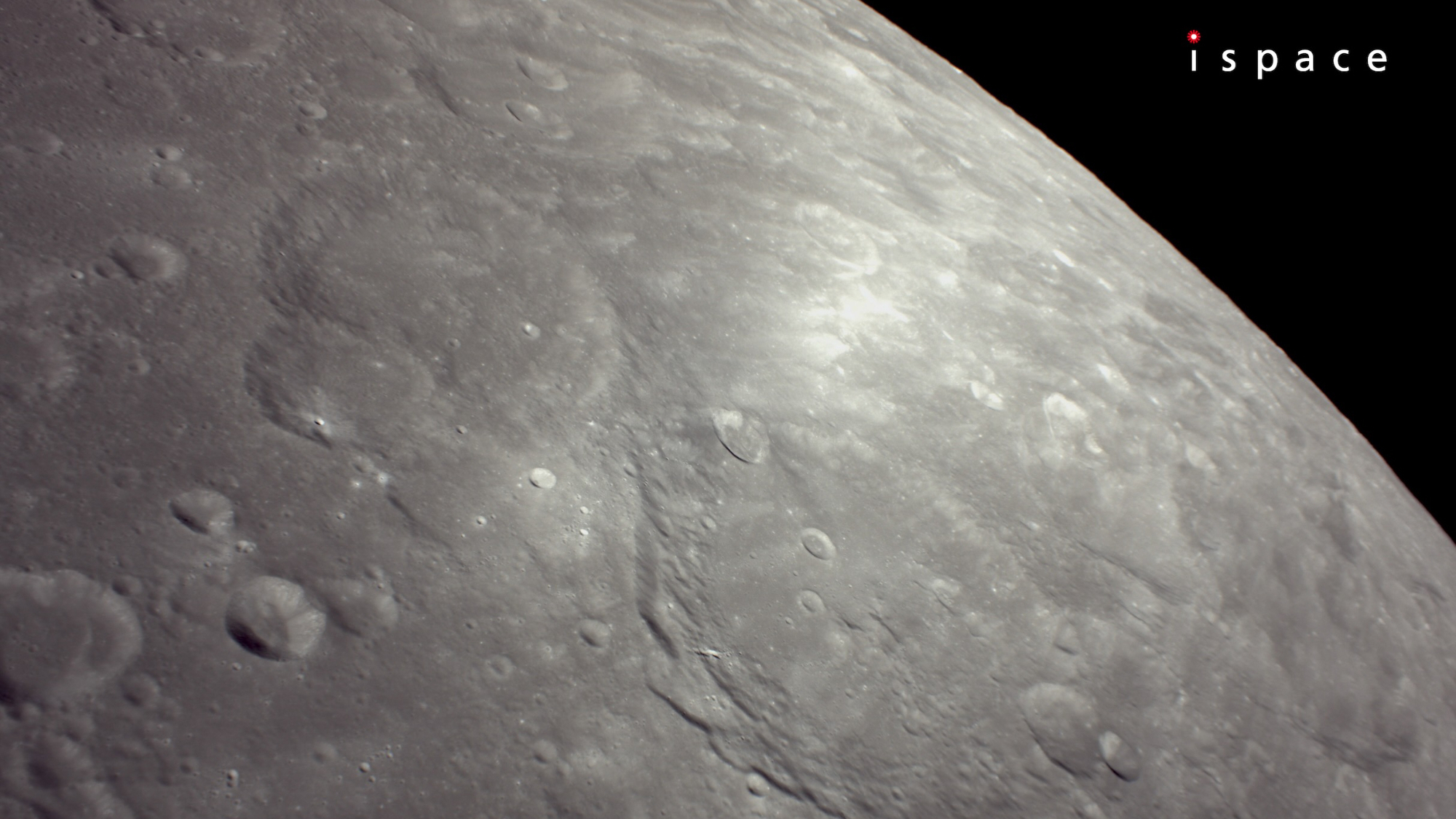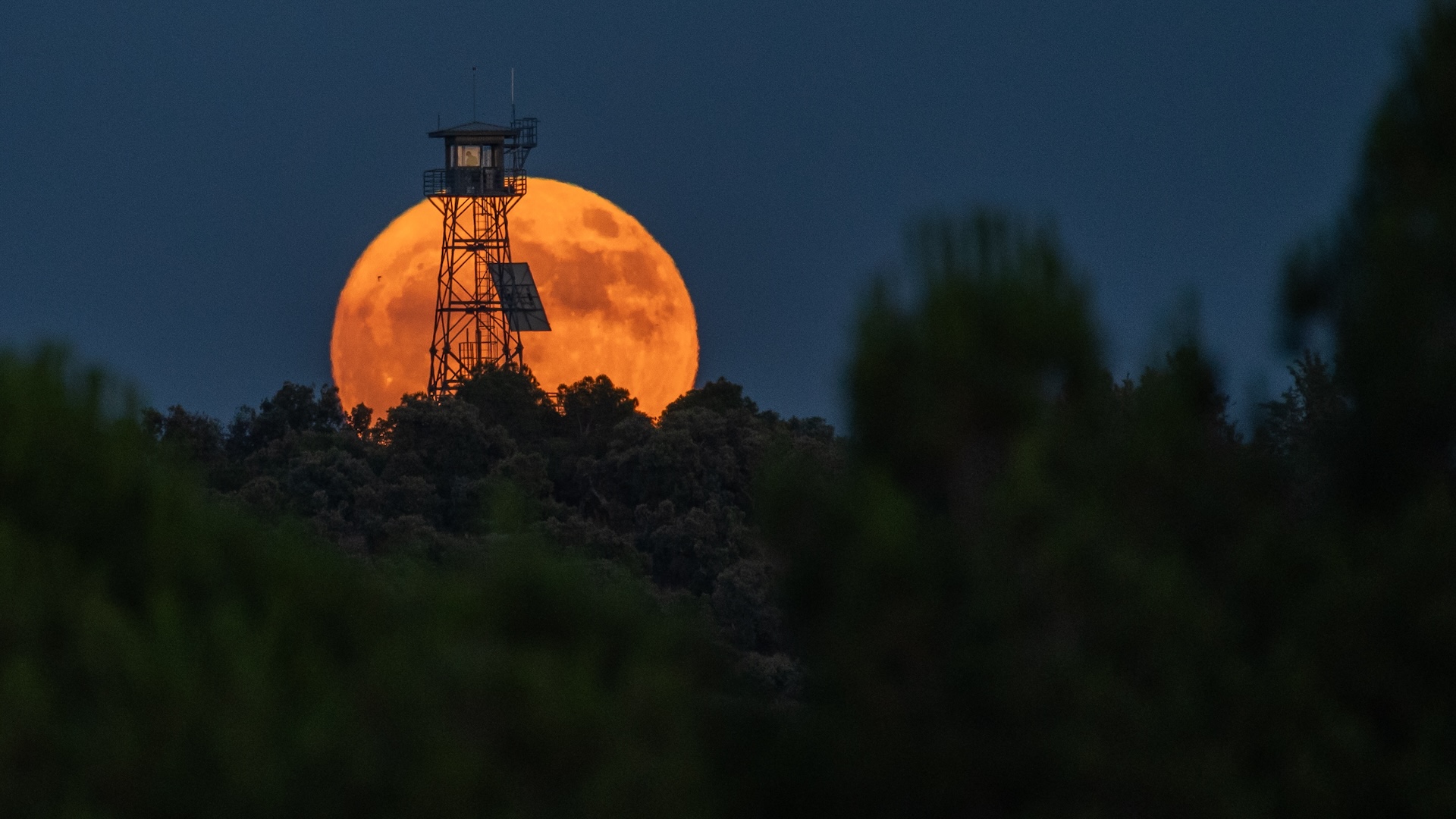Incredible auroras delight stargazers in New Zealand photo of the day for June 2, 2025
Spectators are treated to a stunning sky show on the shore of Lake Ellesmere in Lincoln, New Zealand on June 1, 2025.
Space.com (www.space.com)
• Published 40 hours ago
(trending 3 hours ago)
• Viewed: 0
• Clicked: 0
Live coverage: SpaceX reschedules Starlink delivery mission for midnight hour Tuesday
Spaceflight Now (spaceflightnow.com)
• Published 38 hours ago
(trending 3 hours ago)
• Viewed: 0
• Clicked: 0
13 million years ago, this object released as much energy as a billion suns in a fraction of a second!
A neutron star is formed when the core of a massive star collapses at the end of its life under the effect of gravitation. As the star dies in a supernova, it leaves behind only a small object composed almost entirely of neutrons held together. Physically, a …
Farmingdale-observer.com (farmingdale-observer.com)
• Published 31 hours ago
(trending 3 hours ago)
• Viewed: 0
• Clicked: 0
AI Finally Cracks Decades-Long Mars Mystery That Has Baffled Scientists
Mars’ surface hides a secret that has puzzled scientists for decades — now, AI has brought us closer than ever to the truth.
The Daily Galaxy --Great Discoveries Channel (dailygalaxy.com)
• Published 39 hours ago
(trending 1 hours ago)
• Viewed: 0
• Clicked: 0
"Unlike Anything We Have Seen Before": Repeating Signal From Deep In Galactic Plane Puzzles Astronomers
After detecting the unusually bright signal, astronomers checked observations from another telescope, and found an unexpected surprise.
IFLScience (www.iflscience.com)
• Published 37 hours ago
(trending 1 hours ago)
• Viewed: 0
• Clicked: 0
ISS Research & Development Conference Cancellation
ISS Research & Development Conference has been cancelled
Nasawatch.com (nasawatch.com)
• Published 37 hours ago
(trending 1 hours ago)
• Viewed: 0
• Clicked: 0
How Rhythm Rewires the Brain Moment by Moment
When you listen to a steady rhythm, your brain doesn’t just process it—it reconfigures itself in real time.
Neurosciencenews.com (neurosciencenews.com)
• Published 35 hours ago
(trending 1 hours ago)
• Viewed: 0
• Clicked: 0
Trump’s budget puts Huntsville-made spacecraft on the chopping block
A 2024 study found a greater economic impact for NASA’s Artemis-related work in Alabama than in any other state.
AL.com (www.al.com)
• Published 33 hours ago
(trending 1 hours ago)
• Viewed: 0
• Clicked: 0
Scientists have discovered a hidden city 140,000 years old at the bottom of the ocean.
The latest climate research reveals a startling reality: approximately half of the world's population experienced an additional month of extreme heat last year due to human-caused global warming. This alarming finding comes from a comprehensive study publishe…
Farmingdale-observer.com (farmingdale-observer.com)
• Published 30 hours ago
(trending 1 hours ago)
• Viewed: 0
• Clicked: 0
Space pebbles and rocks play pivotal role in giant planet's formation
Scientists analyzing an ultra-hot giant planet believe it was formed by absorbing lightweight gases like methane evaporating from tiny space pebbles, while being bombarded with large rocky objects.
Phys.Org (phys.org)
• Published 40 hours ago
(trending 1 hours ago)
• Viewed: 0
• Clicked: 0
Earth’s oldest living creature unearthed—dating back 700 million years
For over a century, scientists have wrestled with one of biology’s most fundamental mysteries: how the first animals evolved.
Thebrighterside.news (www.thebrighterside.news)
• Published 37 hours ago
(trending 1 hours ago)
• Viewed: 0
• Clicked: 0
Don't miss the half-lit first quarter moon rise tonight — Here's what to look for
The first quarter moon is the perfect opportunity to explore shadowed craters lining the terminator.
Space.com (www.space.com)
• Published 37 hours ago
(trending 1 hours ago)
• Viewed: 0
• Clicked: 0
Scientists solve a massive problem for fusion energy
Scientists develop an advanced method to better confine energetic particles in fusion reactors, significantly boosting stellarator efficiency.
Thebrighterside.news (www.thebrighterside.news)
• Published 35 hours ago
(trending 1 hours ago)
• Viewed: 0
• Clicked: 0
Ultra-thin lenses halve incident wavelength to make infrared light visible
Physicists at ETH Zurich have developed a lens that can transform infrared light into visible light by halving the wavelength of incident light. The study is published in Advanced Materials.
Phys.Org (phys.org)
• Published 34 hours ago
(trending 1 hours ago)
• Viewed: 0
• Clicked: 0
Private Japanese spacecraft aims to land in the moon's 'Sea of Cold' this week
Touchdown is scheduled for 3:24 p.m. ET on Thursday (June 5).
Space.com (www.space.com)
• Published 33 hours ago
(trending 1 hours ago)
• Viewed: 0
• Clicked: 0
Solar Storms Are Secretly Taking Down Elon Musk’s Satellites
Solar storms are heating up Earth’s atmosphere, pushing satellites like Starlink to return earlier than expected.
The Daily Galaxy --Great Discoveries Channel (dailygalaxy.com)
• Published 31 hours ago
(trending 1 hours ago)
• Viewed: 0
• Clicked: 0
'Strawberry Moon' 2025: June's full moon is about to break an annual record
June's full 'Strawberry Moon' will be at its fullest on Wednesday, June 11, but the best time to see it will be at dusk on Tuesday, June 10.
Live Science (www.livescience.com)
• Published 30 hours ago
(trending 1 hours ago)
• Viewed: 0
• Clicked: 0
Janet Petro Wants You All To Be Happy
Don't Worry - Be Happy
Nasawatch.com (nasawatch.com)
• Published 29 hours ago
(trending 1 hours ago)
• Viewed: 0
• Clicked: 0
How Cocaine Hijacks the Brain
In a groundbreaking study, researchers have engineered fruit flies that voluntarily consume cocaine, creating the first fly model for cocaine addiction.
Neurosciencenews.com (neurosciencenews.com)
• Published 29 hours ago
(trending 1 hours ago)
• Viewed: 0
• Clicked: 0
Once inevitable collision between Milky Way and Andromeda galaxies now seems less likely, astronomers say
A collision between our Milky Way galaxy and the neighboring Andromeda galaxy, long considered inevitable, may be in question, astronomers say.
CNN (www.cnn.com)
• Published 27 hours ago
(trending 1 hours ago)
• Viewed: 0
• Clicked: 0















